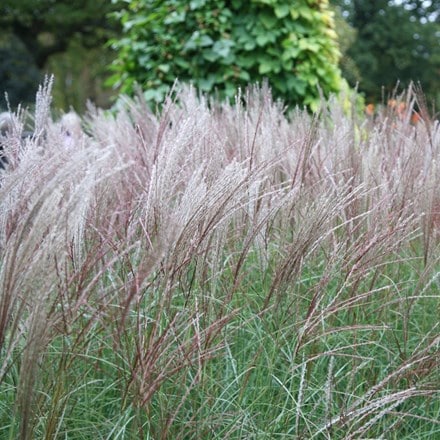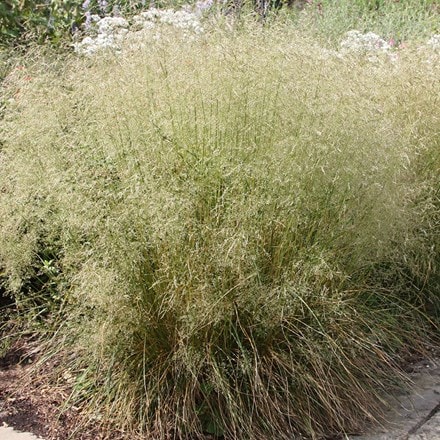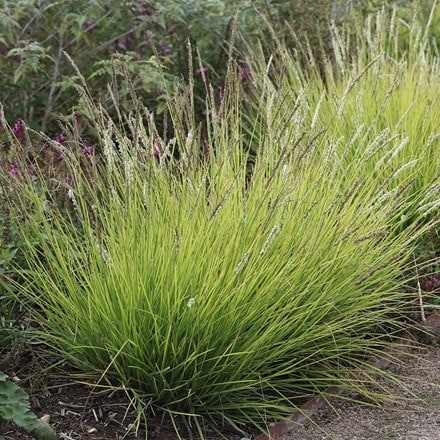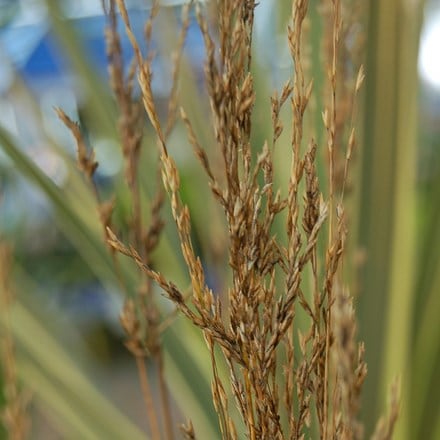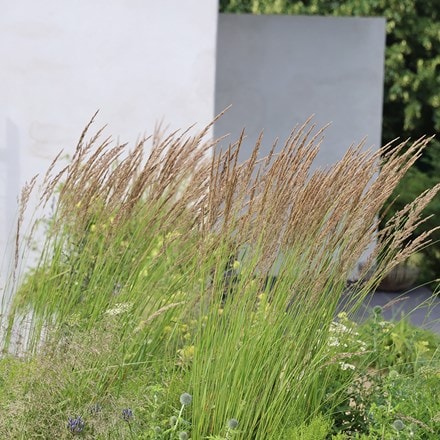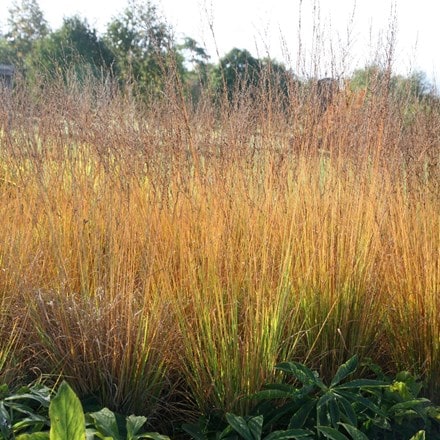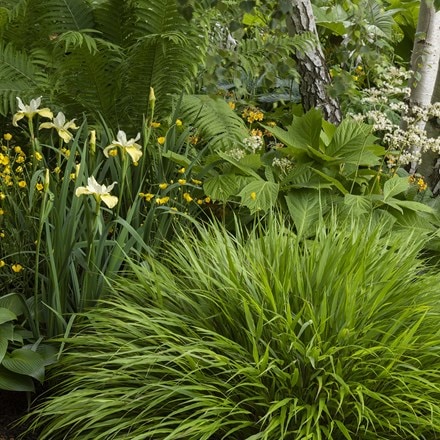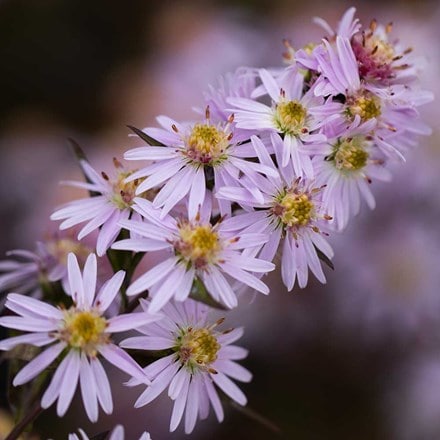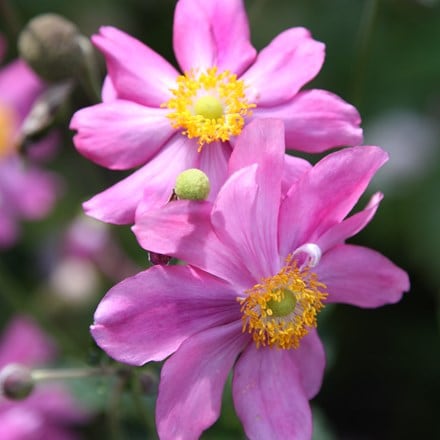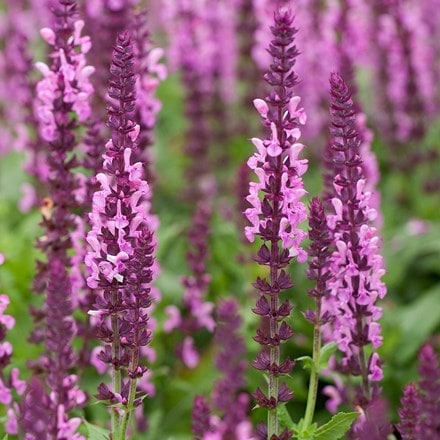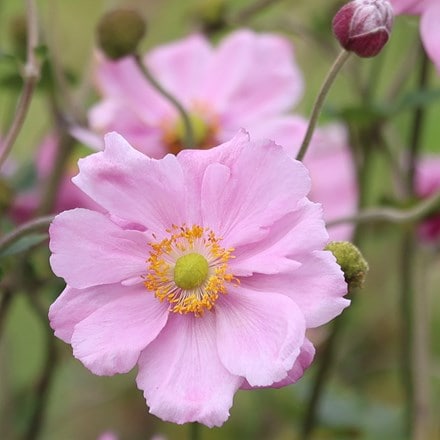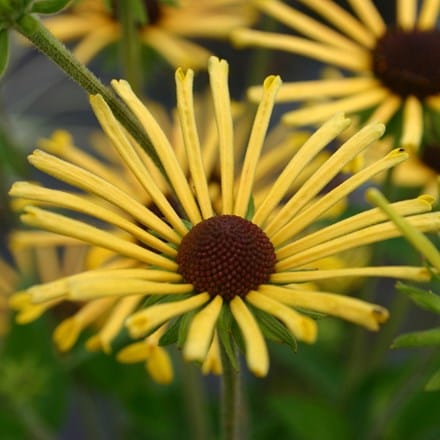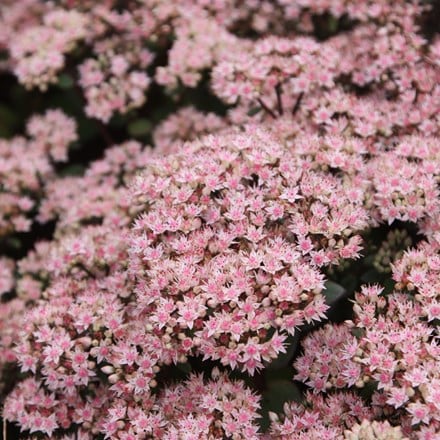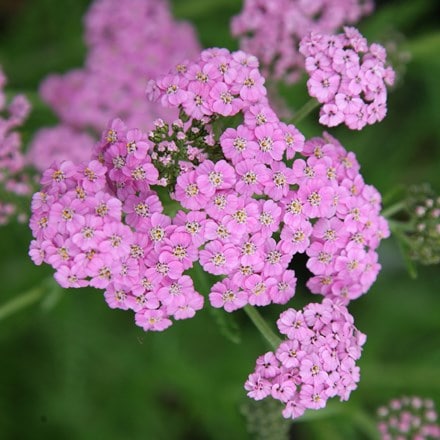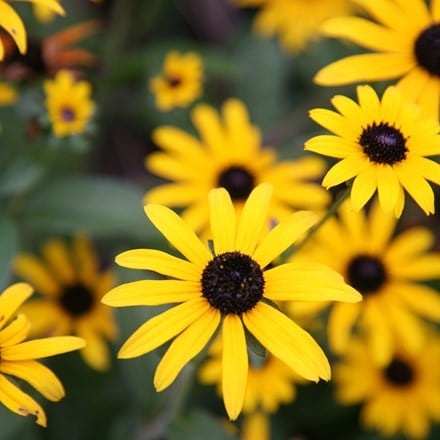
Written by: Resident Garden Designer, Lucy Willcox
For me, no garden feels complete without ornamental grasses. They add so much depth, movement and texture to a space, and their versatility is unmatched. With an enormous variety of shapes, sizes and colours, from fresh greens and sandy tones to rich purples they offer something for every palette and planting scheme. Whether you're working with sun or shade, dry or moist soil, there’s a grass to suit almost every condition: deciduous, semi-evergreen and evergreen varieties all have their place.
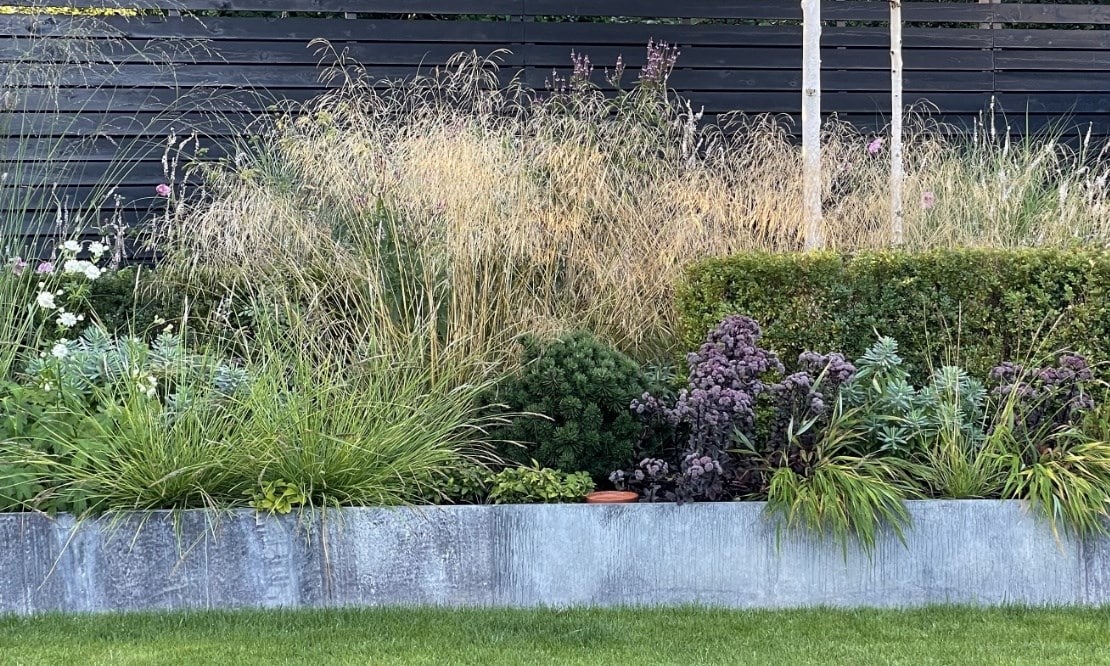
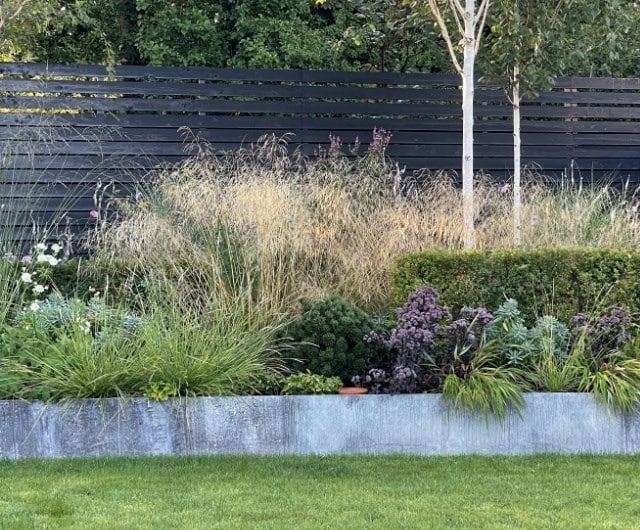
Smaller grasses like Sesleria and Hakonechloa are perfect for the front of borders or for planting in swathes beneath multi-stem trees and shrubs. Threaded through beds and mingled with perennials and evergreens, they create a dynamic contrast of form and texture, and crucially, they offer year-round interest.
What I love most about grasses is how they evolve with the seasons. Deciduous varieties, cut back in late winter, begin to emerge in early spring with a flush of fresh green growth. By May, they're shooting upwards, bringing softness and movement into the garden through summer. Their seedheads then take centre stage, lasting through autumn and into winter. For me, this is when they're at their most valuable. In the quieter months, when much of the garden is dormant, grasses provide structure, texture and that all-important sense of life. Positioned to catch low winter light, especially when backlit, their seedheads glow—adding a beautiful, almost ethereal quality to the garden.
With so many grasses to choose from, it’s hard to go wrong. One of my favourite ways to use taller varieties is to create natural screens around summer seating areas—offering a lighter, more tactile alternative to solid evergreen hedging. Grasses like Calamagrostis, Miscanthus, Deschampsia cespitosa, and Molinia are all brilliant options.
Molinia ‘Transparent’ gives a gauzy, veil-like effect—providing privacy while still allowing glimpses through. Calamagrostis x acutiflora ‘Karl Foerster’ forms a denser upright screen with elegant, feathery seedheads that add movement and vertical structure. A block of Miscanthus creates a more substantial barrier, but for me, Calamagrostis is a favourite—it’s just that bit softer and more refined.
There truly is an ornamental grass for every purpose and every corner of the garden.



